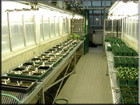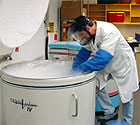About wildlife and landscape science

Research is supported by the development and standardization of test methods. Standardized test methods ensure high quality data is generated during scientific studies, and allows for other activities, like comparisons across studies and species for example.
In addition, scientists monitor wild bird populations and other wildlife to identify the presence and effects of emerging infectious diseases. Global movements of species make it necessary to monitor and collaborate internationally to understand the distribution and genetics of pathogens.
These studies are conducted and communicated within a national and international research community including wildlife, agricultural and regulatory agencies, and include partnerships with other government departments, universities, non-government organizations and international research and regulatory agencies.
Learn more about wildlife toxicology and disease research and monitoring efforts, or read key publications.
Wildlife Research
Researchers study populations of migratory birds and species at risk and the habitats on which they depend. They investigate factors affecting the normal function of these systems, including individual birds, their populations and migration patterns, and identify and address key information gaps concerning causes and mechanisms of population change. Research and monitoring efforts are conducted in support of conservation activities of the Canadian Wildlife Service and help to inform species at risk recovery actions and international migratory bird conservation activities.

These studies are conducted and communicated within a national and international research community including wildlife, freshwater, landscape, seascape and atmospheric sciences, and include partnerships with universities, non-government conservation organizations and international research agencies.
Learn more about wildlife research and or read key publications.
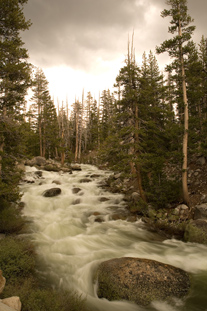
This work is done at the temporal and spatial scale needed to get a better understanding of what drives ecosystem structure and function at various levels.
Read more about landscape science research and monitoring efforts, or read key publications.
Where do we work?
Scientists work in the field and in many Environment Canada Science and Technology centres across the country to develop the scientific knowledge needed to protect and conserve Canada's wildlife and habitats.
Whether measuring seabird eggs on a rock face in the northern Arctic, flying in a helicopter over the boreal forest, or conducting toxicological analyses in a laboratory, scientists work with local, national and international partners to contribute to scientific expertise in their field.
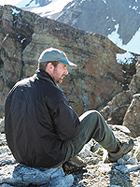
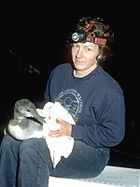
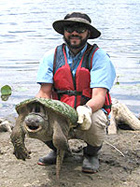
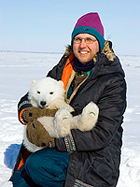
Click to learn about some of the facilities where Environment Canada wildlife and landscape scientists work.
- Pacific Wildlife Research Centre (Delta, British Columbia)
- The Centre for Wildlife Ecology at Simon Fraser University (Burnaby, British Columbia)
- The Centre for Alpine Studies at the University of British Columbia (Vancouver, British Columbia)
- Institute for Ocean Sciences, Fisheries and Oceans Canada (Sidney, British Columbia)
- Prairie and Northern Laboratory for Environmental Testing (Edmonton, Alberta)
- Prairie and Northern Wildlife Research Centre (Saskatoon, Saskatchewan)
- Canada Centre for Inland Waters (Burlington, Ontario)
- Science and Technology Laboratory (Ottawa, Ontario)
- National Wildlife Research Centre (Carleton University campus, Ottawa Ontario)
- 1141 Route de l'Église (Ste-Foy, Québec)
- Canadian Wildlife Service Office (Sackville, New Brunswick)
- Newfoundland District Office (Mount Pearl, Newfoundland and Labrador)

